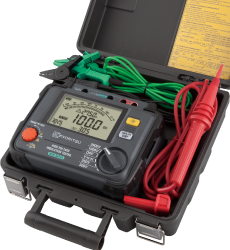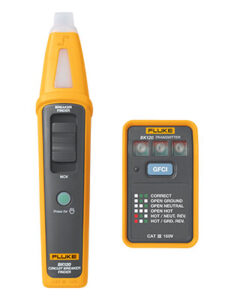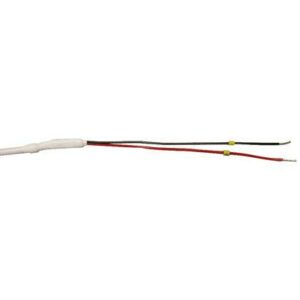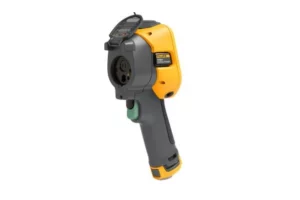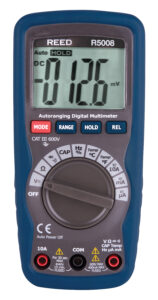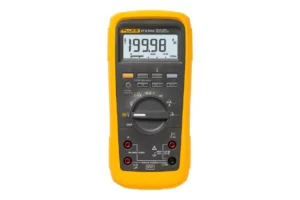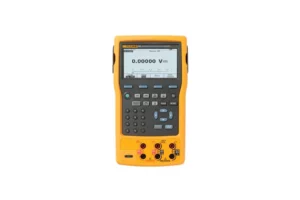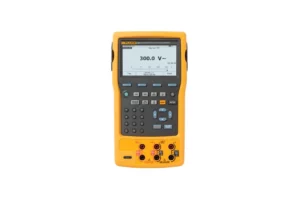Categories
- All products
-
Accessories
- Applications
- Cases and carrying cases
- Digital displays
- for calibrators
- for combustion analyzers
- for Controllers
- for data loggers
- for electrical measurement instruments
- for gauges
- for manifold
- for moisture meter
- for multi-functions instruments
- for sensors-transmitters
- for thermohygrometers
- for thermometers
- for ultrasonic thickness gauge
- for ventilation test instruments
- ph-meters
- Softwares
- Air conditioning
- Automation
- Calibration
- Condensate Pump
- Control
- Data Loggers
- Dimensionnal
- Electrical
- Flow
- Gas
- Gas and Combustion analysers
- Gas Detectors
- Heating / Refrigeration
- Humidity
- Level
- Luminosity
- Measuring devices
- Pressure
- Sound levels
- Tachymetry
- Temperature
- Uncategorized
- Weather

 Read more
Read moreTiS60+
The TiS60+ allows you to see things that are invisible to the eye and reveal problems that cannot be detected with other technologies. It is a simple to use, dependable thermal camera that the team can rely on.

 Read more
Read moreR5099
Autoranging digital multimeter with built-in non-contact voltage (NCV) detector and 4,000 count backlight LCD display.
 Read more
Read more116
The Fluke 116 was specifically designed for HVAC professionals. It has everything you need to quickly troubleshoot problems with HVAC equipment and flame sensors, including a built-in thermometer to measure temperatures up to 400°C (752°F) and microamps to test flame sensors.
 Read more
Read more87V Max
The 87V MAX contains all the reliable features of today's most widely used digital multimeter, the Fluke 87V and more.
 Read more
Read more753
The 753 performs the work of several tools: generating, simulating and measuring pressure, temperature and electrical signals in a single, robust and handy device. You will be won over by its new graphic display, its Li-Ion battery that provides greater autonomy, its USB port and the new accessories that come with it.
 Read more
Read more754
Whether you're calibrating instruments, troubleshooting a problem, or running routine maintenance, the Fluke 754 with HART® communication can help you get the job done faster. It does so many different tasks, so quickly and so well, it's the only process calibrator you need to carry. This rugged, reliable integrated communicating calibrator is ideal for calibrating, maintaining, and troubleshooting HART and other instrumentation.
